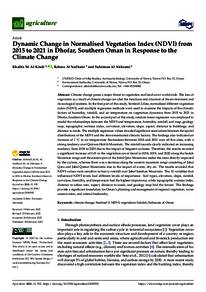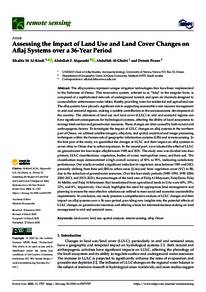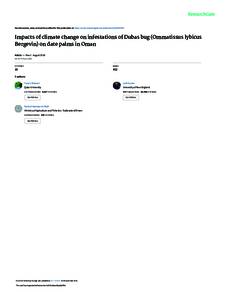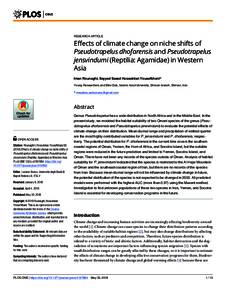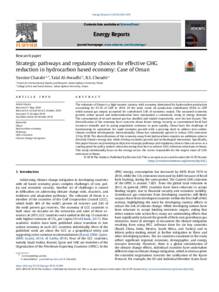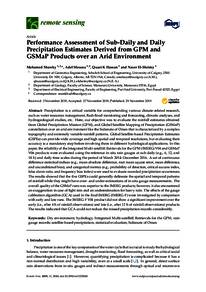وثيقة
Dynamic change in normalised vegetation index (NDVI) from 2015 to 2021 in Dhofar, Southern Oman in response to the climate change.
المساهمون
Al-Nadhiriyah, Rahma., مؤلف
Al-Akhzami, Suleiman., مؤلف
الناشر
MDPI.
ميلادي
2023-02
اللغة
الأنجليزية
الموضوع
الملخص الإنجليزي
Climate change poses a major threat to vegetation and land cover worldwide. The loss of
vegetation as a result of climate change can alter the functions and structure of the environment and
its ecological systems. In the first part of this study, Sentinel-2 data, normalised different vegetation
index (NDVI), and multiple regression methods were used to examine the impacts of the climatic
factors of humidity, rainfall, and air temperature on vegetation dynamics from 2015 to 2021 in
Dhofar, Southern Oman. In the second part of this study, random forest regression was employed to
model the relationships between the NDVI and temperature, humidity, rainfall, soil map, geology
map, topographic wetness index, curvature, elevation, slope, aspect, distance to buildings, and
distance to roads. The multiple regression values revealed significant associations between the spatial
distributions of the NDVI and the abovementioned climatic factors. The findings also indicated an
increase of 1 ◦C in air temperature fluctuations between 2018 and 2021 over all five sites, with a
strong tendency over Qairoon Hairiti Mountain. The rainfall records clearly indicated an increasing
tendency from 2018 to 2020 due to the impact of frequent cyclones. Therefore, the results revealed
a significant increase of 0.01 in the vegetation cover trend in 2018, 2019, and 2020 along the Sadah
Mountain range and the eastern part of the Jabal Qara Mountains under the areas directly impacted
by the cyclone, whereas there was a decrease along the western mountain range consisting of Jabal
Qara and Jabal Qamar Mountains due to the impact of warm, dry air. The results revealed that
NDVI values were sensitive to heavy rainfall over Jabal Samhan Mountain. The 12 variables that
influenced NDVI levels had different levels of importance. Soil types, elevation, slope, rainfall,
curvature, humidity, and temperature had the highest importance, while topographic wetness index,
distance to urban area, aspect, distance to roads, and geology map had the lowest. The findings
provide a significant foundation for Oman's planning and management of regional vegetation, water
conservation, and animal husbandry
المجموعة
قالب العنصر
مقالات الدوريات

